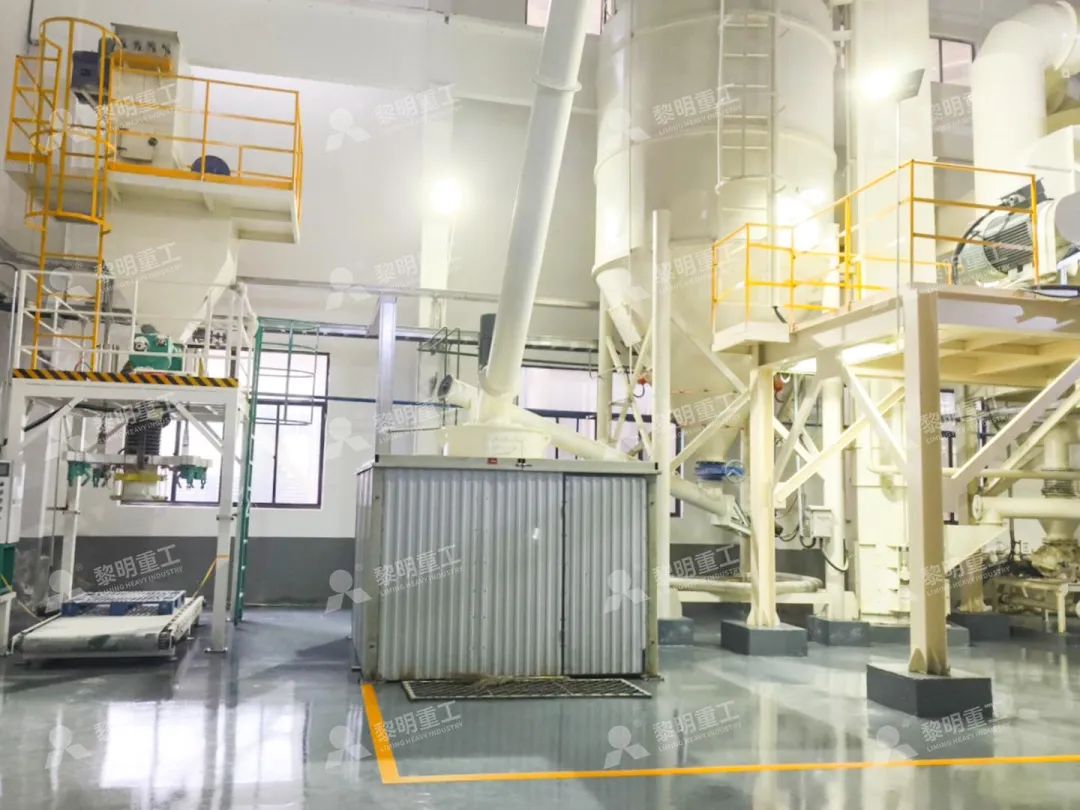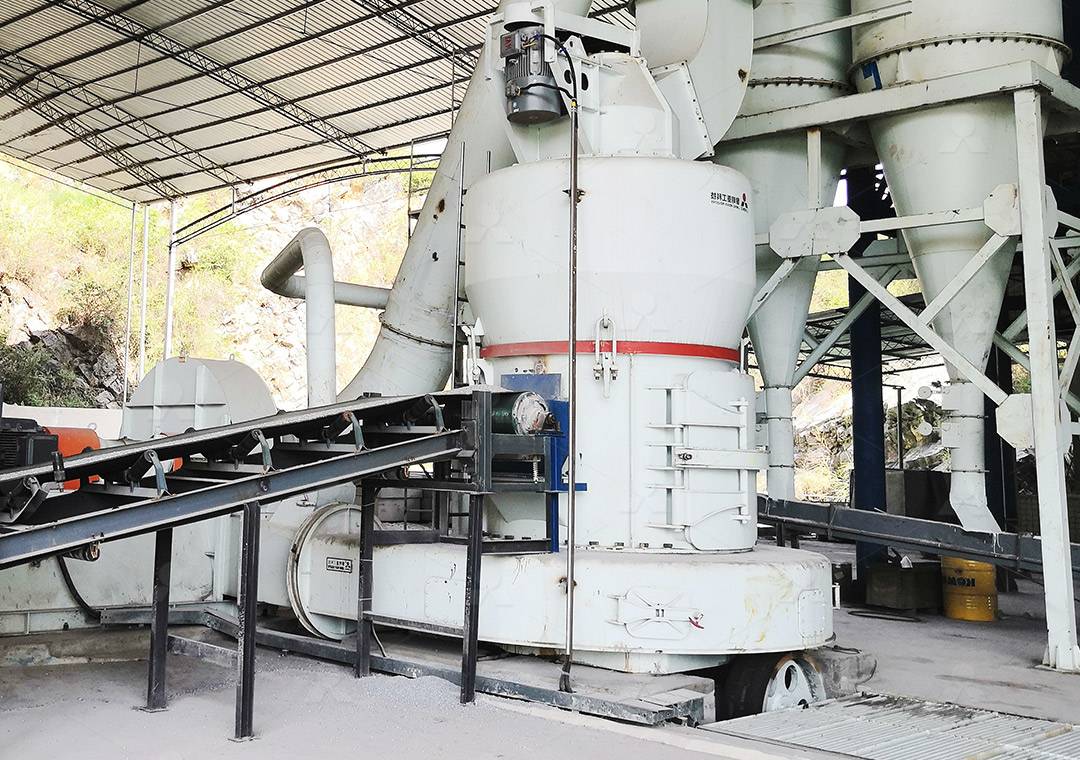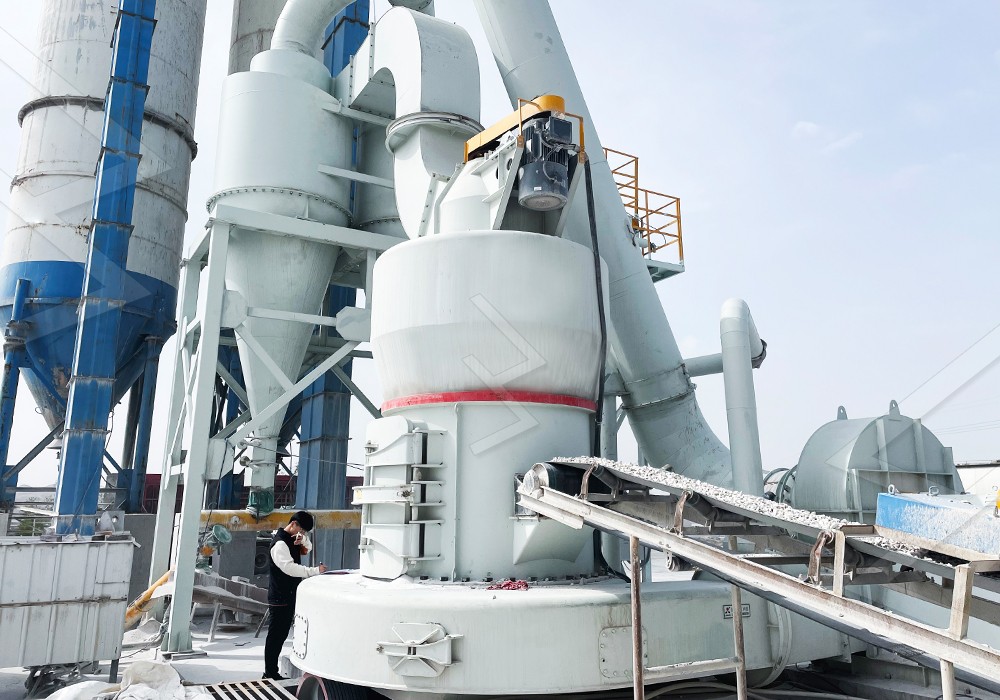High Efficiency Medium Speed Grinding Mill for Feldspar Sand Processing
High Efficiency Medium Speed Grinding Mill for Feldspar Sand Processing
Feldspar sand processing represents one of the most demanding applications in mineral processing due to the material’s abrasive nature and strict quality requirements for end products. Traditional grinding methods often struggle with efficiency, product consistency, and operational costs when processing feldspar. The industry demands solutions that deliver precise particle size distribution while maintaining economic viability.
Medium speed grinding technology has emerged as the optimal approach for feldspar processing, balancing production capacity with energy efficiency. Unlike high-speed impact mills that generate excessive heat or slow-speed ball mills with their high energy consumption, medium speed mills operate at the sweet spot for feldspar comminution.

Technical Challenges in Feldspar Processing
Feldspar’s Mohs hardness of 6-6.5 and its tendency to cause wear on grinding components present significant challenges. Conventional equipment often suffers from rapid deterioration of grinding elements, leading to contamination and inconsistent product quality. Additionally, feldspar applications typically require precise control over particle size distribution, particularly for ceramics and glass manufacturing where even minor variations can affect final product performance.
The ideal grinding solution must address these concerns while providing operational flexibility to handle variations in feed material characteristics. This requires advanced engineering in grinding mechanics, material selection for wear parts, and sophisticated classification systems.
Advanced Grinding Technology Solutions
Modern grinding mills specifically engineered for feldspar applications incorporate several critical features. The grinding chamber design must minimize dead zones where material can accumulate, while the grinding elements should provide consistent pressure across the material bed. Advanced mills utilize proprietary grinding curves that optimize the interaction between grinding rollers and rings, significantly improving efficiency compared to conventional designs.
For feldspar processing operations seeking superior performance, our MW Ultrafine Grinding Mill represents an ideal solution. This advanced system handles input sizes up to 20mm with capacities ranging from 0.5 to 25 tph, making it suitable for various production scales. The mill’s innovative design eliminates rolling bearings and screws within the grinding chamber, addressing common failure points in traditional equipment. The external lubrication system enables continuous operation without shutdowns for maintenance, a crucial advantage for production-intensive operations.

Operational Efficiency and Environmental Considerations
Beyond pure grinding performance, modern operations must address environmental compliance and energy consumption. Advanced grinding systems integrate efficient pulse dust collectors and noise reduction technologies that minimize environmental impact while protecting workforce health. The MW Ultrafine Grinding Mill’s pulse dust collection system ensures dust-free operation, while integrated silencers maintain noise levels within regulatory limits.
Energy efficiency represents another critical consideration. The MW series demonstrates remarkable efficiency gains, consuming approximately 30% of the energy required by jet mills for equivalent output. This efficiency stems from optimized grinding mechanics and reduced internal resistance in material and air flow paths.
Product Quality and Flexibility
Feldspar processors serving multiple markets require equipment capable of producing various product specifications. The ability to adjust fineness between 325-2500 meshes using advanced cage-type powder selectors provides necessary flexibility. German-engineered separation technology ensures precise classification, with screening rates achieving d97≤5μm in a single pass.
For operations requiring different capacity parameters, our LUM Ultrafine Vertical Grinding Mill offers complementary capabilities with input sizes up to 10mm and capacities of 5-18 tph. Its unique roller shell and lining plate grinding curve design promotes stable material layer formation, enhancing grinding efficiency and product whiteness.

Implementation Considerations
Successful integration of advanced grinding technology requires attention to ancillary systems and operational protocols. Proper feed preparation, material handling, and product collection systems must align with the grinding mill’s capabilities. Additionally, comprehensive technical support and genuine spare parts availability ensure long-term operational reliability.
Our grinding systems incorporate digital processing technologies throughout manufacturing, ensuring precision components that deliver consistent performance. With operations spanning production and sales, we maintain responsibility for every machine we produce, providing technical services and original spare parts to guarantee worry-free operation.
Frequently Asked Questions
What makes medium speed grinding particularly suitable for feldspar processing?
Medium speed grinding provides the optimal balance between impact and attrition forces needed for feldspar’s specific fracture characteristics. This approach minimizes overgrinding while achieving the required particle size distribution, resulting in higher efficiency and better product quality compared to alternative methods.
How does the MW Ultrafine Grinding Mill address wear concerns with abrasive materials like feldspar?
The mill incorporates several design features to combat wear, including the elimination of rolling bearings and screws in the grinding chamber where abrasion typically occurs. The grinding elements utilize advanced materials specifically selected for abrasion resistance, while the external lubrication system prevents contamination and extends component life.
What level of fineness can be achieved with these grinding systems?
The MW Ultrafine Grinding Mill produces powders ranging from 325 to 2500 meshes, with the capability to achieve d97≤5μm in a single pass. The advanced cage-type powder selector technology enables precise control over product fineness to meet specific application requirements.
How do these systems address environmental compliance requirements?
Integrated pulse dust collectors effectively capture particulate matter, while silencers and noise elimination technologies maintain operational noise within acceptable limits. The completely enclosed system operates under negative pressure, preventing material escape and ensuring compliance with environmental standards.
What technical support is available for operations implementing these grinding systems?
We provide comprehensive technical services including installation guidance, operational training, and maintenance support. Our responsibility extends throughout the equipment lifecycle, with genuine spare parts readily available to minimize downtime and ensure consistent performance.
